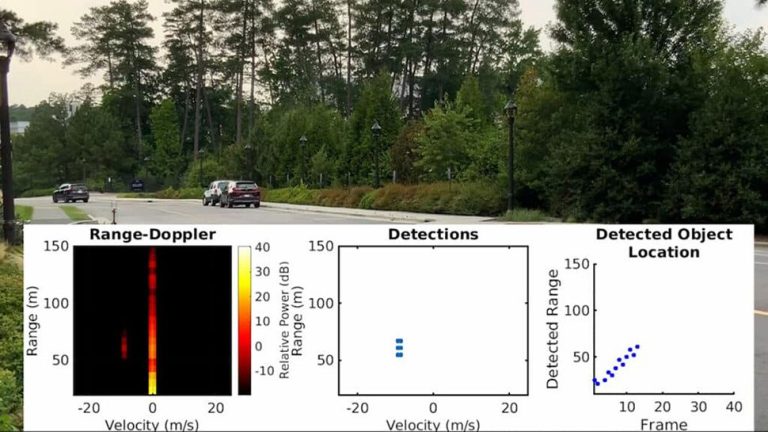Engineers at Duke University in Durham, North Carolina, have developed a system that can manipulate car radar sensors to “hallucinate” different scenarios into the vehicle. This includes hiding the approach of oncoming cars, making it appear as if a real car suddenly changed direction, or creating a phantom car that doesn't exist.
The system, named MadRadar, performs its tasks quickly and does not require prior knowledge of the target vehicle's specific radar settings.
“We can make a fake vehicle appear out of nowhere or make a real vehicle disappear in a real-world experiment,” said Miroslav, Dickinson Associate Professor of Electrical and Computer Engineering and MadRadar team leader. Pasic said in a statement.
real case study
Radar is essential for modern vehicles equipped with assistance and autonomous driving technologies to detect nearby moving vehicles. With so many different makes and models on the road, vehicles have slightly different operating parameters, making radar spoofing traditionally difficult.
However, MadRadar overcomes this hurdle by determining a vehicle's radar parameters within a quarter of a second and emitting a unique radar signal to fool the target's radar system.
Described as a “popular black-box radar attack framework for automotive mmWave FMCW radars,” MadRadar can estimate the configuration of a victim radar in real time and execute attacks based on that estimate.
The study states: “We evaluate the impact of such attacks that maliciously manipulate the point cloud of a victim radar, effectively 'adding' (i.e. false positive attacks) and 'deleting' (i.e. false negative attacks) attack), or “moving” (i.e., translation attack) object detection from the scene of the victim vehicle. Finally, we experimentally demonstrate the feasibility of the attack on a real-world case study performed using a real-time physical prototype on a software-defined radio platform. ”
The researchers will present their work in detail at the Network and Distributed Systems Security Symposium 2024 in San Diego, California. This paper is currently available on the arXiv preprint server.
The researchers stress that the existence of MadRadar highlights the urgent need for manufacturers to strengthen the security measures of their radar systems to prevent potential exploitation.
“We're not building these systems to hurt anyone. We're demonstrating the problems that exist in current radar systems and showing that we need to fundamentally change the way they're designed.” ,” Pajić concluded.


